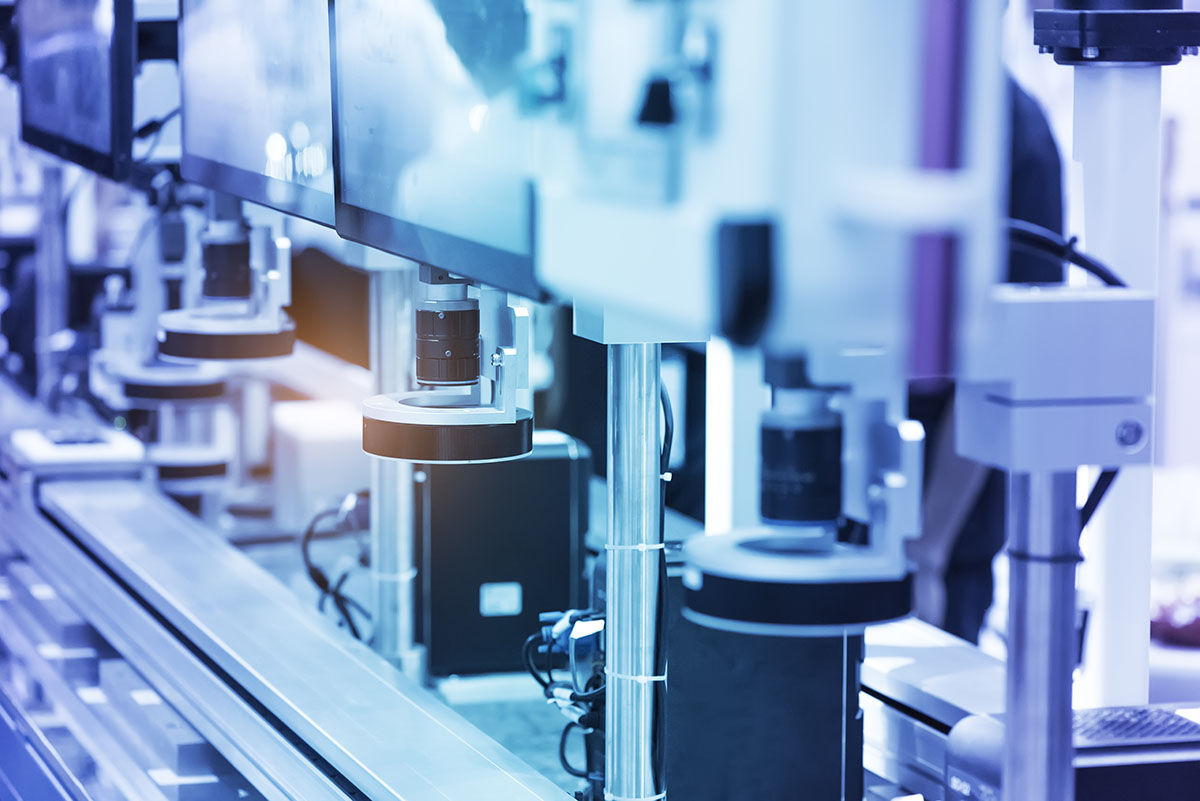 Machine vision, like most technology, was created as a result of necessity and exploration. It was clear to many that as long as robots continued to be unable to adapt to their environments, they would be limited in their capabilities. By giving sight to automated systems, machines would be able to make important decisions on the fly without the need for human interaction.
Machine vision, like most technology, was created as a result of necessity and exploration. It was clear to many that as long as robots continued to be unable to adapt to their environments, they would be limited in their capabilities. By giving sight to automated systems, machines would be able to make important decisions on the fly without the need for human interaction.
At the time, few recognized the force that would be unleashed when automated systems could finally “see” what they were doing and make their own decisions. Once machine vision was paired with other promising technologies, it’s been taken to a whole new level. Let’s see how some fascinating technologies are working in synergy with machine vision.
Hyperspectral Imaging and Machine Vision
Adding visible light cameras to machine vision systems gave automation the ability to see what humans see. Sure, that was a marvel on its own. But scientists and engineers began to ask. What if machines could see what humans cannot? Hyperspectral imaging goes beyond the capabilities of the human eye and allows machines to see into wavelengths beyond red, blue, and green.
While the resolution of the human eye is magnificent in its own right, hyperspectral imaging adds depth to the scene humans could never detect. The extended information is collected for every pixel in a scene, giving machines a seemingly limitless amount of data to work with. Hyperspectral imaging has been used in a wide array of applications, such as finding oil reserves, detecting disease outbreaks in agriculture, and helping ophthalmologists find disease.
Artificial Intelligence and Machine Vision
The data that can be observed and recorded in a vision system is extraordinary. If a picture is worth a thousand words and a video is worth a million, the imaging data collected by the latest machine vision technology is worth billions. With so much data, humans can’t analyze all of it. Researchers developed complex algorithms referred to now as artificial intelligence or AI.
Artificial intelligence has given machines the ability to make complex decisions on their own, mimicking the kinds of decisions humans would make. AI uses trained neural networks to recognize objects, flaws, handwriting, almost anything. Until now, only humans could understand many of these concepts. AI is used in everything from helping doctors analyze medical images to finding criminals in surveillance footage, analyzing data faster than a human ever could.
Want your automation system to get in on some of these marvelous capabilities? Purchase a camera from Phase 1 for your machine vision project.
